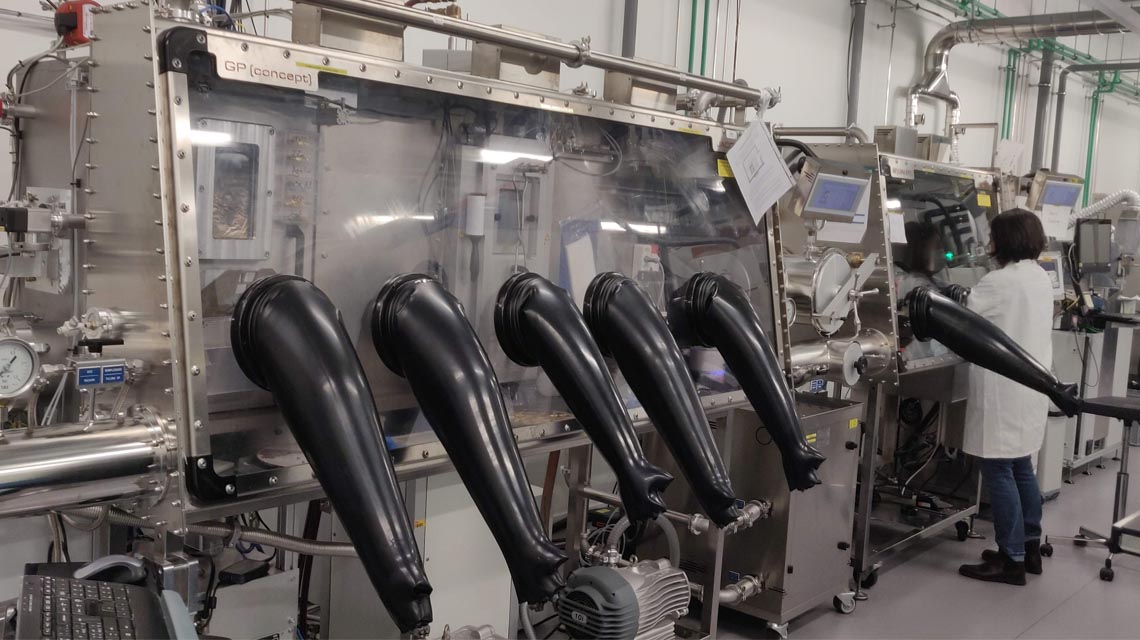Swiss Federal Institute of Technology Lausanne
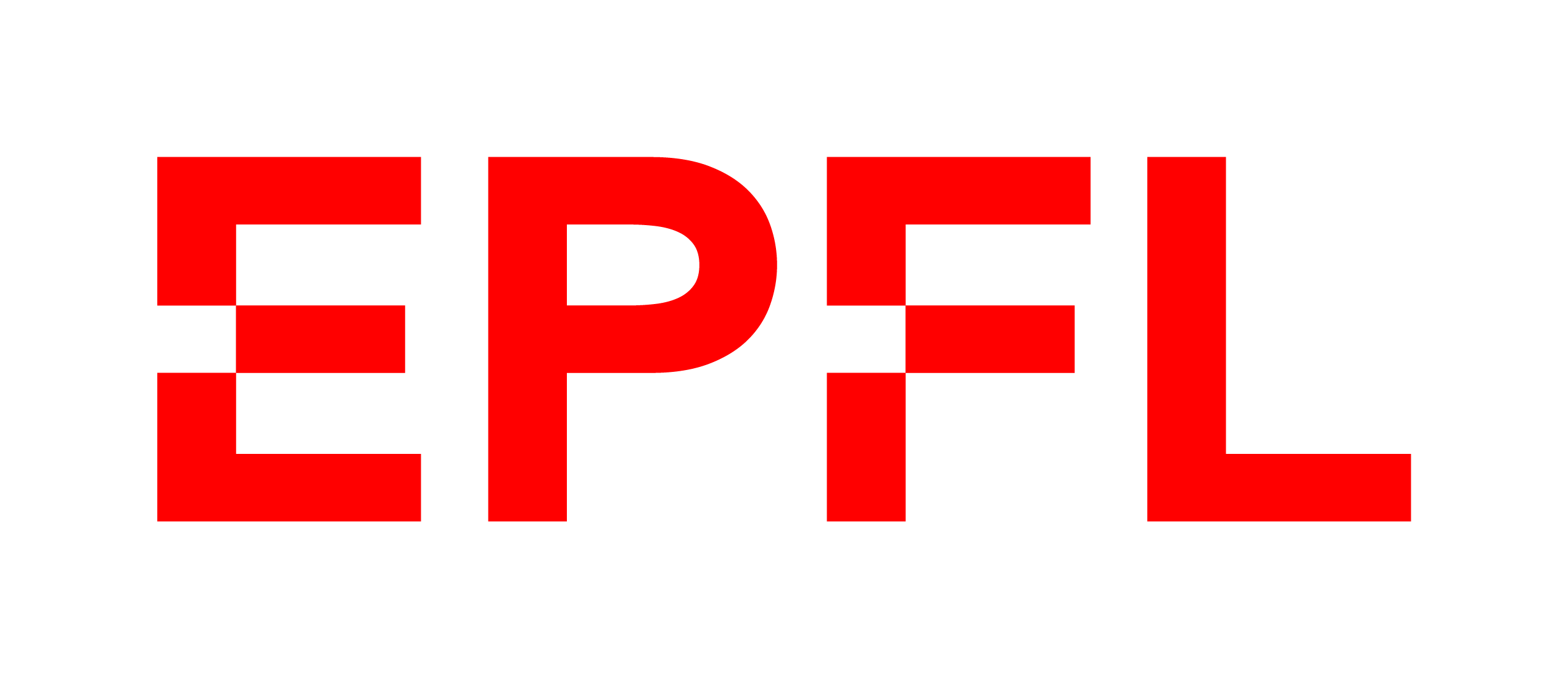
EPFL in short
EPFL has three core missions: training, research and technology transfer. With about 15000 students and collaborators, EPFL offers bachelor and master programs in engineering, basic sciences, information technology and communication, life sciences, construction, architecture and environment. More than 370 laboratories and research groups ensure the scientific excellence of the institution, which is ranked top 5 in Europe and top 30 worldwide in many scientific rankings. PV-LAB, which is part of the micro-engineering department of EPFL, was founded in 1984 by Prof. A. Shah and has been headed by Prof. Ballif since 2004. The laboratory has been pioneering the field of thin film layers for photovoltaics, most notably for high efficiency silicon heterojunction and now silicon-perovskite multi-junction solar cells. Current activities of the laboratory span from fundamental research to industrial technology transfer.
Main role and tasks in the project
EPFL PV-LAB will coordinate WP7 and also provide access to some of its thin film processing and characterisation infrastructure.
Key Persons involved in VIPERLAB project
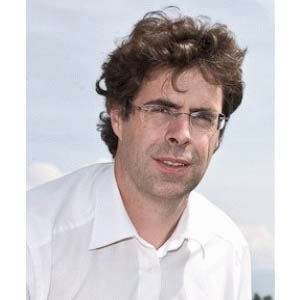
Becquerel prize 2016; Supervision of close to 40 phD students up to now; Invovled in many EU- and Swiss-funded research projects on various PV technologies; Author or co-author of more than 400 scientific and technical papers, h-index of 79 on Google scholar, 71 on Scopus, 67 on Web-of-science; >15 patents filed for, >7 granted; Author/co-author of 4 books chapters, contribution to the EPFL book “Energy Scope” 2015; Numerous keynotes, plenary and invited talks at international conferences.
Role
Head of PVLAB; PhD from EPFL; Vice-president and program manager at CSEM
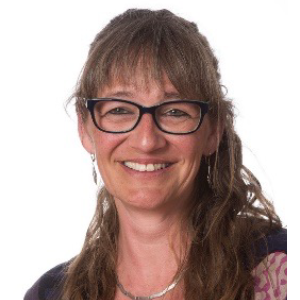
PhD from EPFL; supervision of 10 PhD students and of Swiss-funded projects (SNSF, SFOE...); Author or co-author of 80+ scientific and technical papers, h-index of 29 on Google scholar, 26 on Scopus, 24 on Web-of-science.
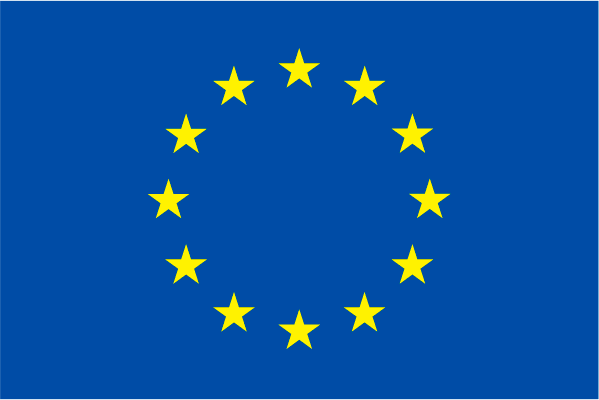
This project has received funding from the European Union’s Horizon 2020 research and innovation programme under grant agreement N°101006715

